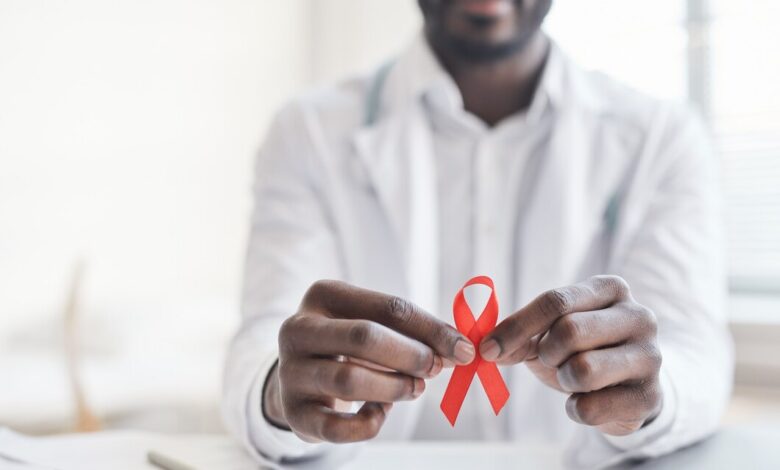Zimbabwe Records Slight Increase in HIV AIDS Deaths Raising Concerns Over Donor Funding Sustainability

Zimbabwe has recorded a marginal rise in HIV/AIDS-related deaths during the first half of 2025, compared to the same period in 2024. The development has triggered fresh concerns about the resilience of the country’s HIV response, especially as it faces shifting dynamics in international donor support.
According to figures presented by the Minister of Health and Child Care, Douglas Mombeshora, a total of 5,932 people died from HIV/AIDS-related complications between January and June 2025. This represents an increase of 220 deaths from the 5,712 reported during the same timeframe in 2024.
“My response to question number 9 is that the AIDS deaths in 2024 from January to June were 5,712. For the same period, January to June in 2025, there were 5,932. This means that in 2025, there were 220 more deaths as compared to 2024 over the same period,” Mombeshora told Parliament.
The slight uptick raised concerns from lawmakers including Corban Madzivanyika, who asked whether the increase could be attributed to the reduction or withdrawal of donor funding, which has historically supported Zimbabwe’s HIV/AIDS programmes.
In response, Mombeshora dismissed a direct correlation between the rise in deaths and donor funding issues. He emphasized that essential commodities for the HIV/AIDS programme had already been procured for the first half of the year and that current stock levels would sustain patients until at least the end of September 2025.
“From January to June, the commodities for HIV/AIDS had already been procured and the programmes have been progressing well. I think I have said this before in this Parliament that all patients on HIV treatment should not panic because we have enough medicines for them,” Mombeshora said.
He further stated that a full assessment would only be made at the end of the year when more comprehensive data becomes available. “Usually, we wait until the end of the year. You may find that maybe by the end of the year, we may have less figures for this year than last year.”
Zimbabwe has long depended on support from international partners to fight HIV/AIDS. The U.S. President’s Emergency Plan for AIDS Relief (PEPFAR) and the Global Fund have played a critical role, with Zimbabwe receiving over US$200 million annually from PEPFAR alone. Since 2006, the U.S. has invested more than US$1.7 billion in the country’s health sector.
This support has been instrumental in Zimbabwe’s progress toward achieving the UNAIDS 95-95-95 targets, which call for 95% of people living with HIV to know their status, 95% of those diagnosed to be on treatment, and 95% of those on treatment to have suppressed viral loads.
While the country has recorded major strides in reducing new infections and improving access to antiretroviral therapy, concerns are growing about the long-term sustainability of these gains. As global health priorities shift and donor contributions evolve, Zimbabwe faces the challenge of maintaining progress without compromising access to life-saving treatment and care.
Stakeholders and health experts continue to emphasize the need for Zimbabwe to diversify funding sources and strengthen domestic health financing strategies to ensure uninterrupted care for people living with HIV.
As the nation awaits a year-end review, the current increase in HIV-related deaths serves as a reminder of the importance of a stable, well-funded response to one of the country’s most enduring public health challenges.




